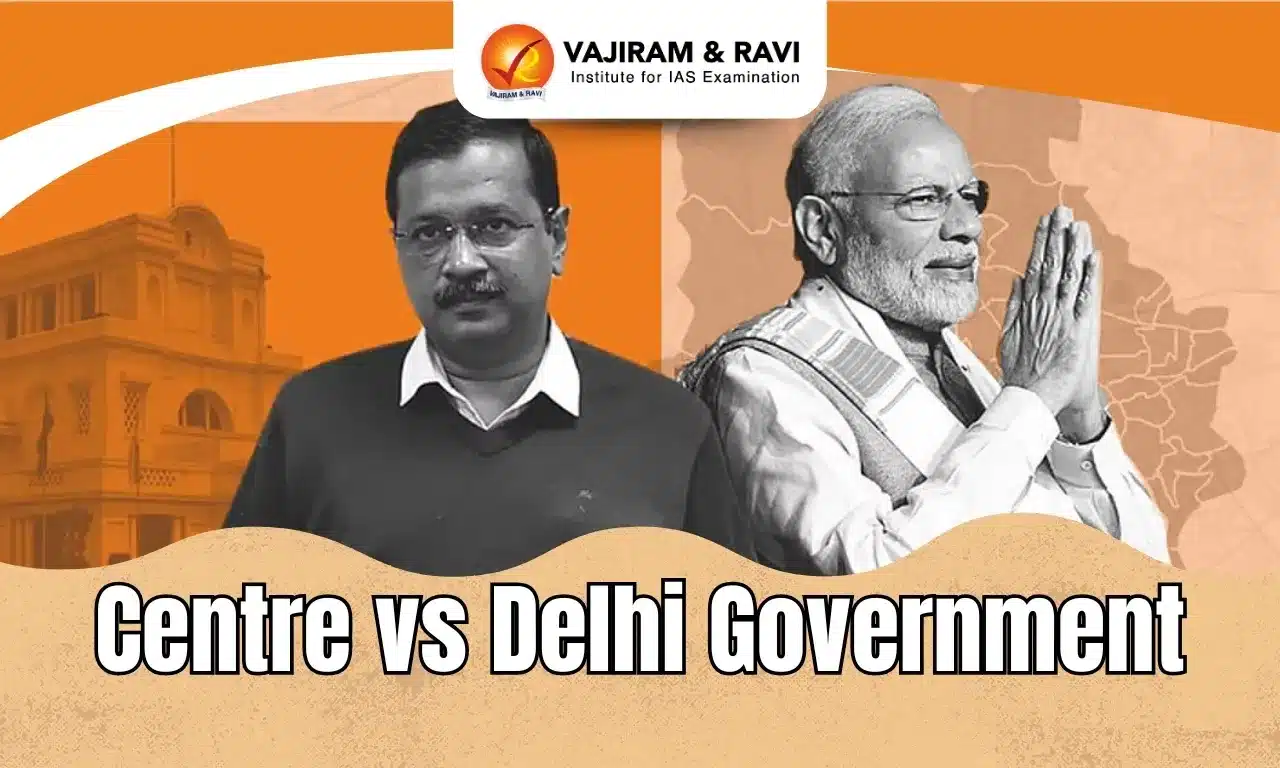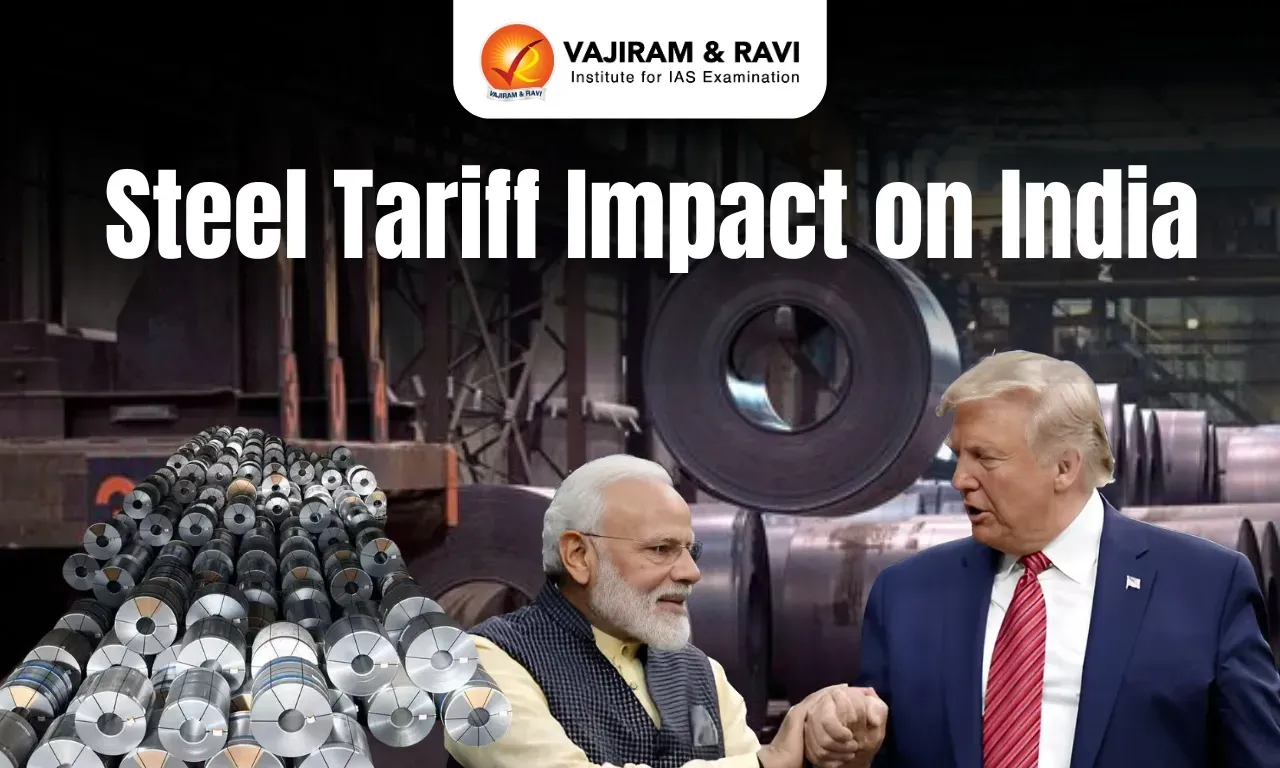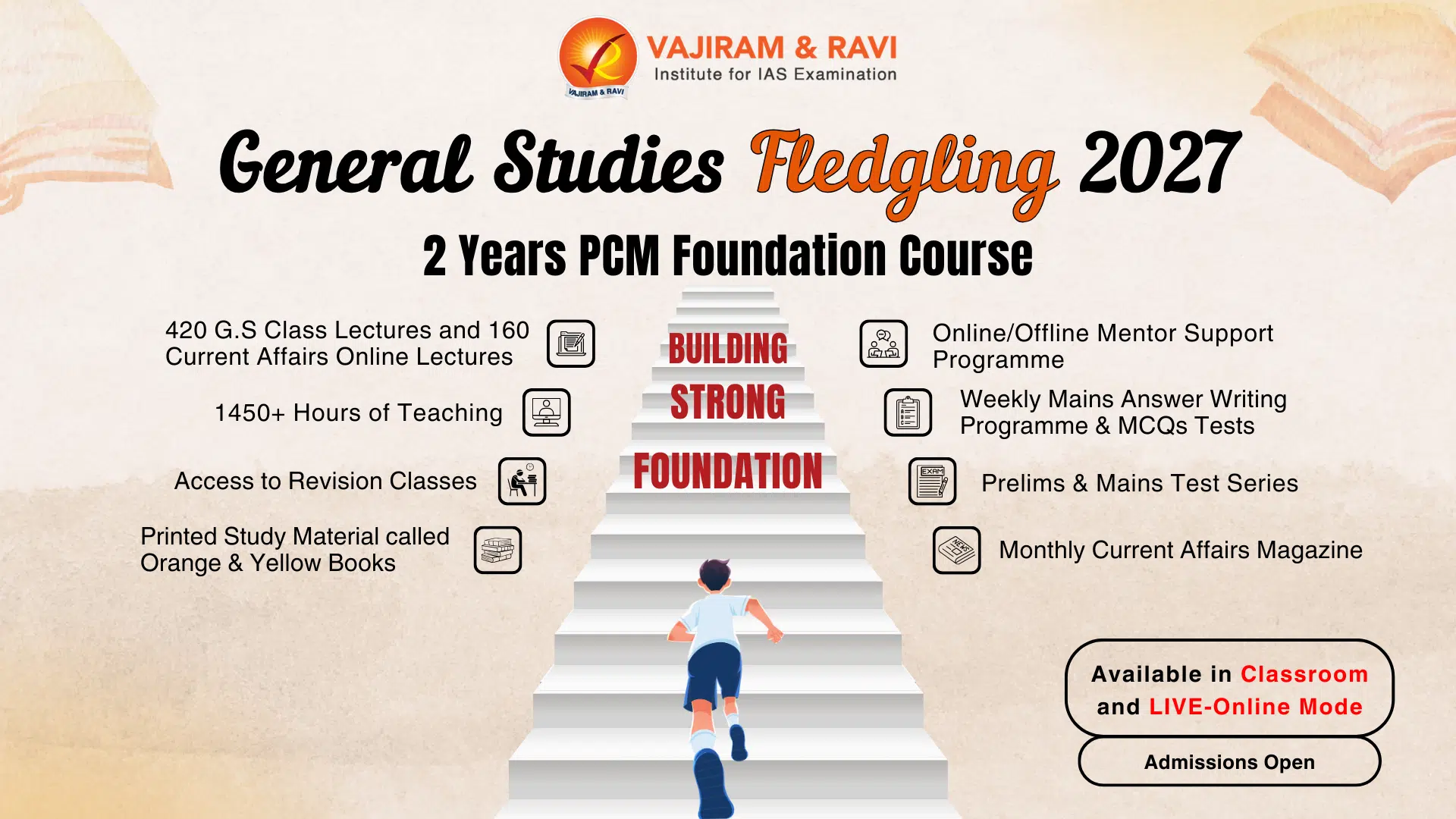What’s in Today’s Article?
- India-France AI Summit Latest News
- Indo-France relationship in brief
- Robust Defence Collaboration
- India at AI Summit: A Recognition of Its Growing Role
- New Delhi’s Focus at the AI Summit
- India-France AI Summit FAQs
India-France AI Summit Latest News
- France and India have significantly deepened their partnership since 1998, expanding cooperation in defence, nuclear energy, space, trade, and culture.
- Now, with AI as a new frontier, France has invited India to co-chair the AI Action Summit, reaffirming their global collaboration.
Indo-France Relationship in Brief
- PM Modi and President Macron share a strong personal rapport, having met thrice in 2024, with Macron attending India’s Republic Day celebrations as Chief Guest.
Enduring Diplomatic Relations
- India-France ties are built on strategic autonomy and mutual respect. France has historically stood by India during critical moments:
- In 1998, France refused to impose sanctions after India’s nuclear tests.
- In 1976, Chirac visited India as PM during the Emergency, when India faced global isolation.
Robust Defence Collaboration
- India and France maintain a strong defence partnership, reviewed under the Annual Defence Dialogue and the High Committee on Defence Cooperation.
- Major ongoing projects include:
- Rafale fighter jet acquisitions, with discussions on purchasing 26 Rafale-M jets for the Indian Navy.
- P-75 Scorpene Project, with plans for three additional submarines.
- Co-development of next-generation fighter jet engines.
- DRDO office in the Indian Embassy (opened in 2023) to enhance technology cooperation.
- France’s commitment to “Make in India” and technology transfer sets it apart from competitors, with dedicated training programs for Indian personnel.
Expanding Beyond Defence
- Bilateral cooperation now extends to renewable energy, trade, supply-chain partnerships, and people-to-people relations. Key developments include:
- India-France Innovation Year 2026 logo unveiling.
- New Indian Consulate in Marseille to boost economic and cultural ties.
- Marseille as a strategic data hub for global communications via undersea cables.
Economic & Technology Partnerships
- In 2023-2024, India and France's bilateral trade exceeded $15 billion for the first time.
- India's exports to France increased to $7.14 billion, while imports from France increased to $7.97 billion.
- During the current visit, PM Modi and President Macron will hold an India-France CEOs’ Forum, focusing on:
- Make in India collaboration in renewable energy, defence, start-ups, and pharmaceuticals.
- Triangular Development Cooperation Initiative for climate and SDG-focused projects in the Indo-Pacific.
- ITER fusion project visit near Marseille, with India playing a key role in advancing fusion energy technology.
India at AI Summit: A Recognition of Its Growing Role
- India’s invitation to co-chair the AI Summit highlights its expanding influence in emerging technologies and Paris’s commitment to shared values.
- While China dominates AI globally, France’s choice underscores strategic alignments.
- The Summit, attended by key global leaders, offers India an opportunity to:
- Promote inclusive and responsible AI development.
- Address ethics, governance, and accessibility concerns.
- Advocate for AI democratisation and its benefits for the Global South.
Aims of the AI Summit
- The Paris AI Summit builds on previous global efforts, including the UK Summit (November 2023) and the South Korea Summit (May 2024), to advance responsible AI governance.
- Key Outcomes from Previous Summits
- Bletchley Park Declaration (UK Summit): Affirmed AI should be safe, human-centric, trustworthy, and responsible.
- Seoul Declaration (South Korea Summit): Strengthened international cooperation on AI and proposed a network of AI Safety Institutes.
Paris Summit Themes
- The summit will focus on five main areas:
- Public Interest AI
- Future of Work
- Innovation and Culture
- Trust in AI
- Global AI Governance
New Delhi’s Focus at the AI Summit
- India AI Mission
- India will showcase the IndiaAI Mission, a ₹10,371 crore initiative under the theme “Making AI in India and Making AI for India”.
- The program aims to democratize AI innovation and ensure its equitable distribution among citizens.
- Focus on Global AI Cooperation
- Global Partnership on Artificial Intelligence (GPAI)
- India is a founding member and lead chair of GPAI (2024), an OECD-backed initiative for responsible AI development.
- India seeks to make GPAI the central platform for global AI cooperation.
- Bridging the AI Divide
- India is advocating inclusive AI governance to reduce disparities between AI-leading and AI-lagging nations.
- The goal is to democratize AI and ensure fair access to AI advancements.
- Prioritizing the Global South
- India is pushing for greater representation of developing nations in AI discussions.
- It highlights the unique challenges and opportunities of the Global South in AI governance.
- Global Partnership on Artificial Intelligence (GPAI)
India-France AI Summit FAQs
Q1. What is the AI Summit?
Ans. The AI Summit is a global event focused on responsible AI governance, ethics, innovation, and international cooperation in artificial intelligence.
Q2. What is the AI mission in India?
Ans. The IndiaAI Mission is a ₹10,371 crore initiative aimed at advancing AI innovation, research, and responsible AI adoption across sectors.
Q3. What is the budget of IndiaAI Mission 2024?
Ans. The IndiaAI Mission 2024 has a budget of ₹10,371 crore, dedicated to fostering AI research, development, and democratization.
Q4. Is India a member of GPAI?
Ans. Yes, India is a founding member and the lead chair of the Global Partnership on Artificial Intelligence (GPAI) in 2024.
Q5. What is the purpose of GPAI?
Ans. GPAI promotes responsible AI development, international collaboration, ethical AI use, and bridging gaps between AI-leading and AI-lagging nations.







